Your basket is currently empty!
Natural VS Man-made Gemstones | Gemmology Lesson
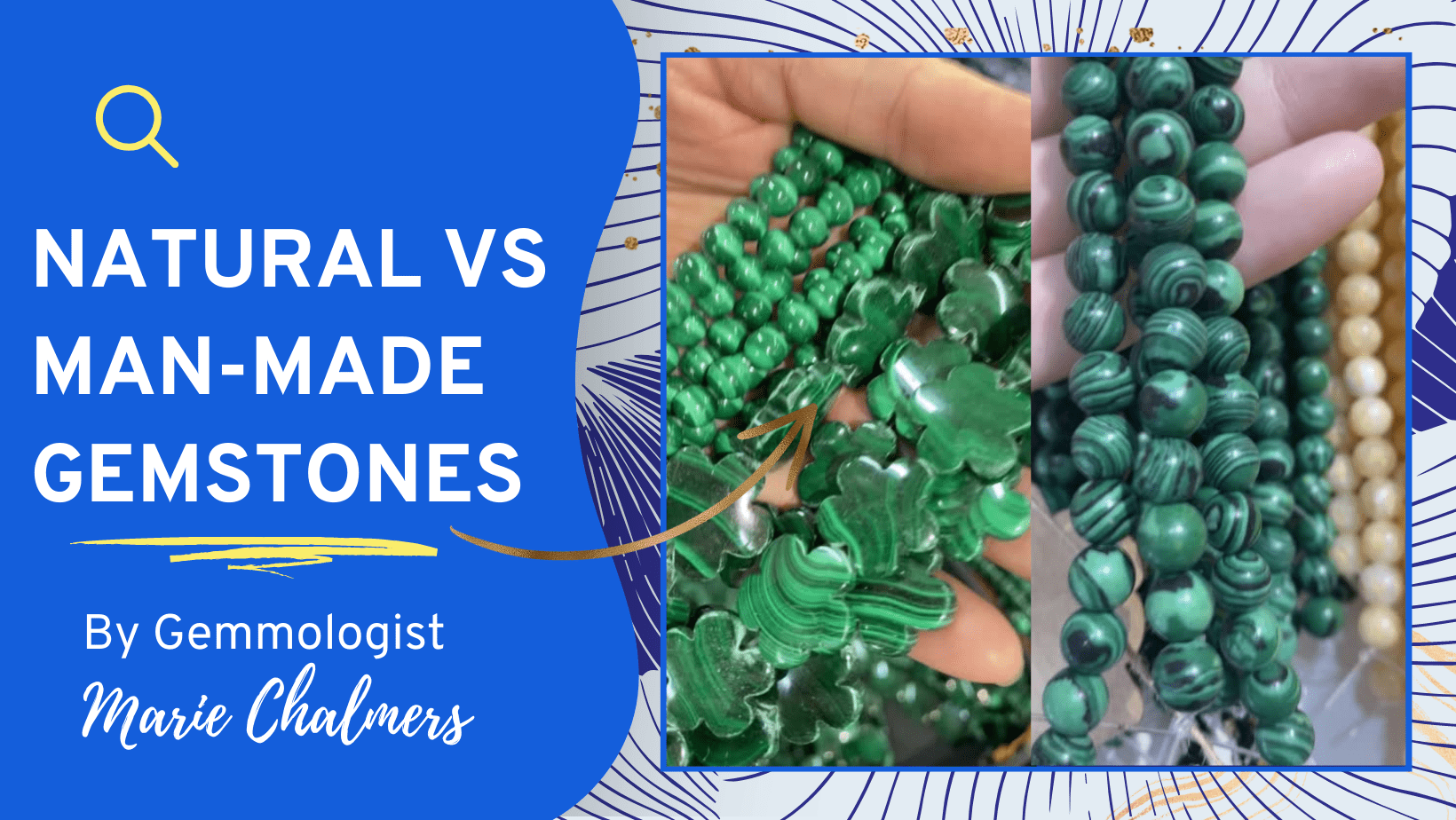
by Gemmologist Marie Chalmers
Some Gemstones are real and some Gemstones are not real. The term that is used across industries tends to be real verses fake. But for Gemstones, that’s a little bit of a different debate because there are other things to consider. When we say real, do we mean natural? And when we say fake, do we mean that they’re man-made or that they are made to look like another Gemstone?
So let’s dive a little deeper into the actual definitions of each one.
NATURAL GEMSTONES
A real Gemstone is a natural Gemstone, this is something that has been grown in the earth over vast periods of time, it will be a mineral that has been created using its very own recipe and will need certain chemicals and elements present, as well as the right temperatures and pressures, to create each individual Gemstone. They’re quite a phenomenon, some of them are very rare and some of them are very unusual, created by earth itself.
MAN-MADE GEMSTONES
A man-made Gemstone, a synthetic Gemstone or a laboratory-grade Gemstone, are all terms for the same type of thing, this is a material that has been created in a factory by humans. The definition of a synthetic material is a material that has the same optical, chemical and physical properties as its natural counterpart.
NATURAL DIAMONDS
Natural diamond is one of the most incredible minerals that the world’s produced. This is why it sits at such a high price point, because it is a phenomenal material with some amazing properties. Its chemical makeup means it has a naturally, very shiny surface, which means it looks pretty. It also has what we call high dispersion, which means that when our eye looks into the diamond, it sees these rainbows of colour coming out. All of these things make it very valuable, extremely rare, and a phenomenal material.
Natural diamonds are very rare, although we are under the illusion they’re not because we see them on the high street, we see them in all Jeweller’s windows. But if you’re looking for a very specific, particularly a larger Stone, that is going to be a rare thing to find. Important thing to remember is that you are buying something that has been made in a factory, just like other things are made in a factory, and you should be paying a price that reflects that.
MAN-MADE DIAMONDS
You have cubic zirconia or CZ, which is commonly used to look like diamond, as well as things like Moissanite, White Topaz, White Zircon, and anything colourless can be made to look like diamond.
Man-made diamonds have the same chemical composition, which is carbon, the same optical properties, so it looks like a diamond and the same physical properties, so it’s as hard as a diamond because it is a diamond. The only difference is this has been grown by a man in a laboratory and not grown by nature inside the earth.
MAN-MADE MALACHITE
Malachite can be made synthetically, it can be made in a factory and recreated so it would have the same chemical, physical, and optical properties as natural Malachite. But more commonly in the marketplace, we actually see an imitation of Malachite. A lot of these are a bit like a polymer clay, and this is one that we found while we were in India.
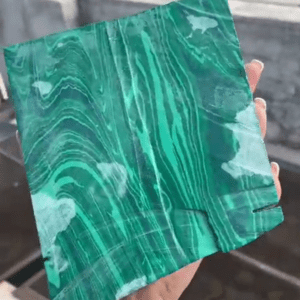
This manufacturer has created a block of what looks like Malachite for carving purposes.
It’s quite difficult to carve Malachite and would be quite expensive to use a large piece of Malachite for carving. And so by creating something that looks like Malachite, you’re going to get a workable material that’s easier to carve, and it’s going to have the same aesthetics as Malachite itself. So long as this material is disclosed to the customer that it is fake Malachite, there isn’t anything wrong with that as there is some room in the marketplace for all the natural, man-made and imitation Gemstones, so long as they are disclosed correctly.
EXAMPLES OF MAN-MADE VS NATURAL MALACHITE

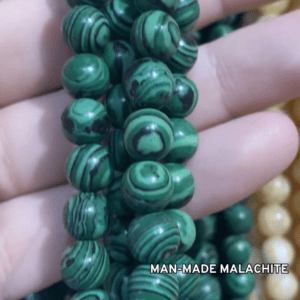
MAN-MADE RUBY ZOISITE
Ruby Zoisite is a really interesting material. So Zoisite is a family of Crystals, and Tanzanite belongs within that family. But the Ruby Zoisite we’re talking about is the green body colour so the Zoisite has the green body colour, and then it is the actual Ruby that is growing with the Zoisite. The green and the red are very appealing to people, and it’s a great combination Gemstone we love a Gemstone that grows with another Gemstone. Again, this can sit at quite a high value, therefore, it’s easy to fake.
We see quite a lot in the marketplace of fake Ruby Zoisite. The giveaway normally is it’s very bright green and very bright red, but there’s one easy thing you can do, which is pop a fluorescence torch on natural Ruby will fluoresce quite a bright pink colour under ultraviolet light, whereas your fake Ruby Zoisite won’t. Using a trusted supplier is really key to buying the correct Gemstones.
WHAT TO LOOK OUT FOR
Tip one: We’re currently working in a marketplace where there’s a lot of people trading Gemstones, buying them from one country and selling them in another, and making some quick money because they’ve become very fashionable. Now, if you use somebody with some knowledge, you’ll be protecting yourself to make sure that you are purchasing exactly what you’re paying for.
Tip two: A Gemmologist or someone with a lot of experience in the marketplace will be able to determine whether the Gemstone is real, they will know if it’s an imitation or if it’s been treated, which are all things that are going to impact the price.
As a Gemmologist, would I buy natural Gemstones, man-made Gemstones, or imitation Gemstones? The answer to the question is I purchase all of those types of Gemstones, mostly for teaching purposes, to show students examples of what’s going on in the marketplace. But I find the treatments that are carried out to the Gemstones really fascinating and a lot of the Gemstone imitations actually are other minerals, so they’re fascinating in their own right.
Do follow us for more information about Gemstones, feel free to ask any questions just drop them into the comments for us and if there’s anything else you’d like us to film and like to learn about, then just let us know.
Follow us on:

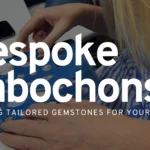
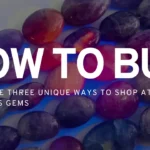
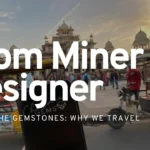
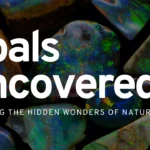
Leave a Reply